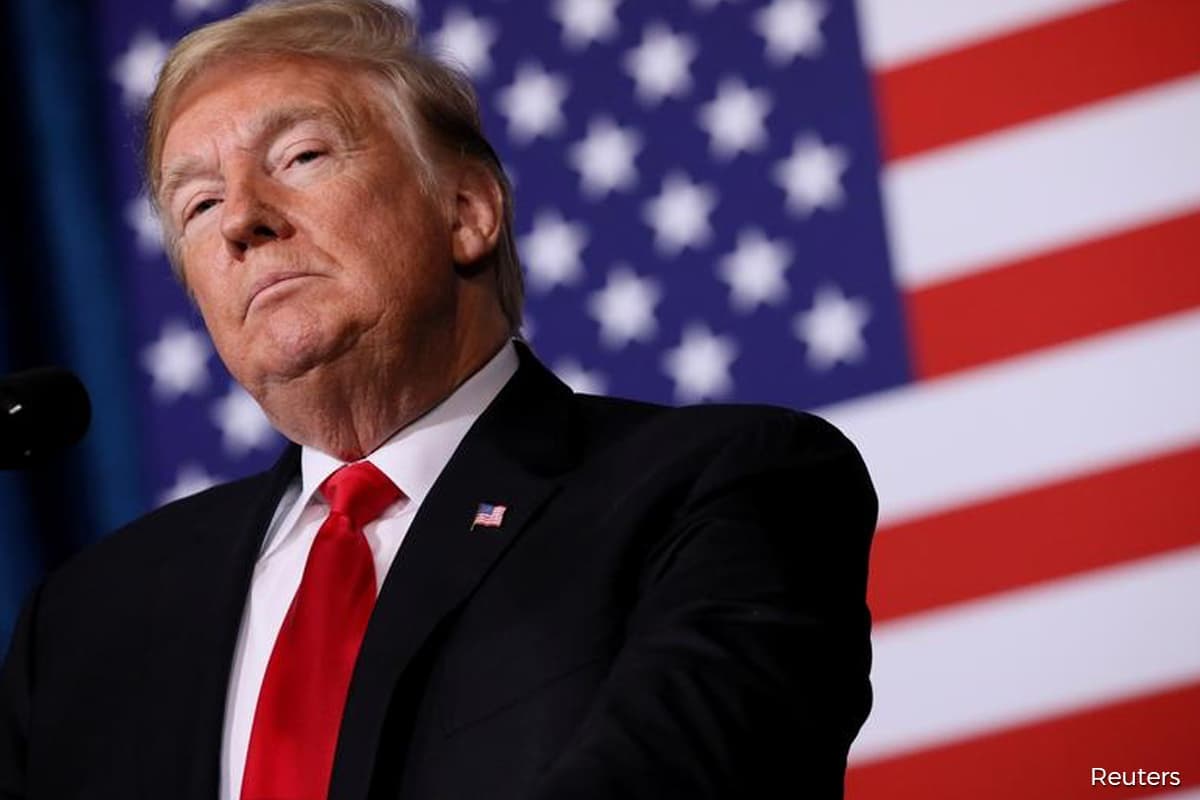
KUALA LUMPUR (Aug 15): While documents seized from former US president Donald Trump’s Mar-a-Lago home bore the US government’s highest top-secret rating, he was not the first to remove sensitive documents.
US-based political journalism company Politico on Aug 11 reported that while Trump returned 15 boxes of items to the National Archives earlier this year, officials had come to believe that “either the former president or people close to him held on to key records”.
The portal said that remarkably, however, none of the voluminous news coverage of this mentioned a parallel to Trump’s behaviour: When Lyndon B Johnson’s presidency ended in 1969 and he was replaced by Richard Nixon, Johnson ordered an underling to surreptitiously take highly classified material with him on his administration’s exit.
It said the story dates back to the 1968 presidential campaign.
The GOP nominee was Nixon, who had served as Dwight Eisenhower’s vice-president.
The Democratic candidate was Hubert Humphrey, Johnson’s vice-president.
Politico said by that time, about 30,000 Americans had been killed in the Vietnam War.
Hundreds of thousands of Vietnamese were dead.
Anti-war protests in the US and across the world were intense, and polls showed that a majority of Americans had come to believe sending troops to Vietnam was a mistake.
The war was a key factor in Johnson’s decision not to run again.
Nixon was inaugurated on Jan 20, 1969, and moved into the White House.
But before Johnson vacated the premises, national security adviser Walt Whitman Rostow, at Johnson’s request, gathered up the incendiary documentation of Nixon’s treachery, and how it had been proved by surveillance of Americans ordered by the president himself.
Then Rostow walked out the door with it. Johnson, he later wrote, “asked me to hold [it] personally.”
Politico said what the Johnson administration had done was, in a sense, “legal”, given that there were essentially no laws governing the US surveillance state before reforms in the 1970s.
It said that after Johnson’s death, Rostow put his documents in a sealed envelope and gave them to the Lyndon B Johnson Presidential Library in Austin, Texas, with instructions that the envelope was to be opened “not earlier than 50 years from June 26, 1973”.
In other words, if Rostow had gotten his way, we would only be finding out about this conspiracy next year, in 2023, or even later.
Rostow told the library that if it felt 2023 would be too hasty, and it should “reclose the file for another fifty years”.
The library opened the envelope in the 1990s, although some of the material has yet to be declassified.
Nixon lied about what he’d done over and over again until his death in 1994, with many partisans deriding the facts as a preposterous conspiracy theory.
It was only in 2016 that Nixon’s direct involvement was finally proved beyond a doubt.
Politico concluded that it seems unlikely that the public records Trump took with him on his way out the door could be as momentous as those Johnson tried to excise from history.
“But given the degree to which US presidents are willing to deceive us, we shouldn’t count anything out just yet,” it said.